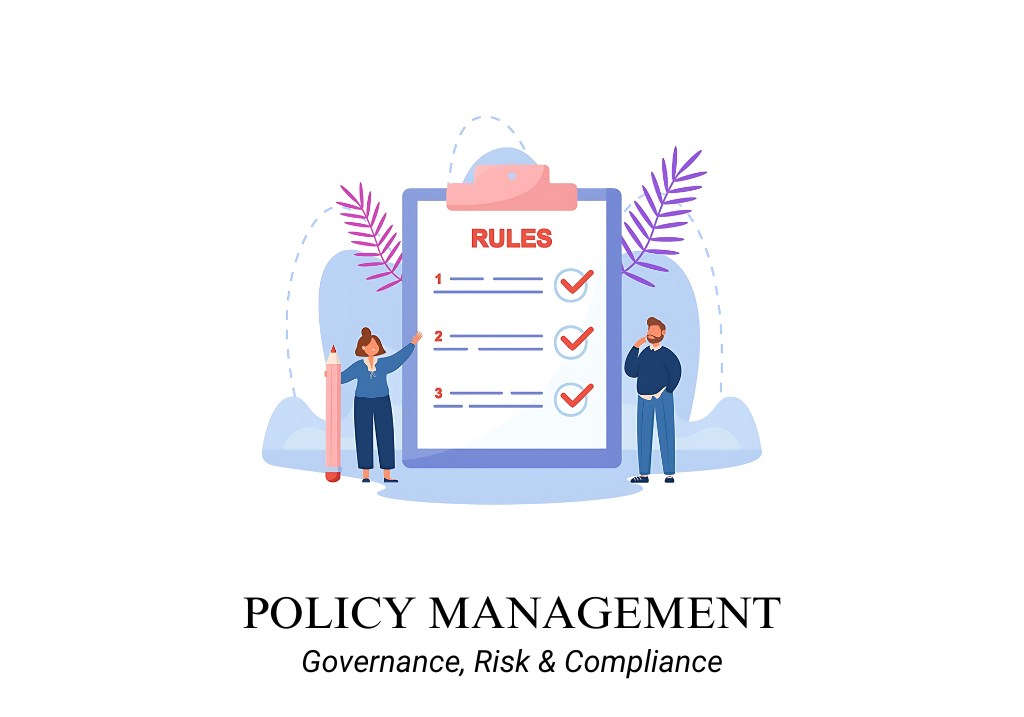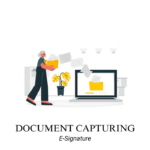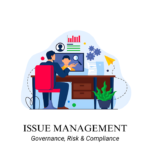Introduction
Policy Management is a critical functionality within Governance, Risk, and Compliance (GRC) management tools, aimed at systematically handling the entire lifecycle of organizational policies. Effective policy management ensures that policies are well-documented, accessible, up-to-date, and compliant with regulatory standards. This functionality is crucial for organizations, especially in highly regulated industries, to maintain a structured approach to governance, mitigate risks, and ensure compliance.
Policy management functionality helps organizations streamline the creation, approval, distribution, review, and monitoring of their policies. These policies cover a wide range of organizational needs, such as operational procedures, risk management guidelines, data privacy protocols, and compliance requirements. A robust policy management system helps organizations remain consistent, agile, and compliant in the face of evolving regulations.
CHECK MORE: Guide to find best Governance Risk and Compliance tools for lawyers
Features of Policy Management
Policy Creation
Definition: Policy creation is the process of developing internal policies that guide an organization’s operations, ensuring compliance with both internal governance standards and external regulations. Within a GRC tool, policy creation is structured to ensure that policies are comprehensive, consistent, and aligned with the organization’s strategic objectives.
Purpose: The purpose of policy creation is to establish clear, standardized guidelines that govern organizational conduct and compliance. A GRC tool facilitates this process by providing a collaborative platform for drafting, reviewing, and approving new policies, ensuring alignment with both regulatory requirements and organizational goals.
Use Case: A healthcare organization uses the policy creation feature in its GRC tool to develop a new patient data handling policy, ensuring compliance with HIPAA regulations. The tool supports collaboration among legal, compliance, and IT teams, allowing them to draft, review, and approve the policy efficiently.
Benefits:
- Aligns policies with regulatory requirements and organizational objectives.
- Streamlines the approval process through structured collaboration.
- Reduces risks by ensuring policies are created in a compliant and standardized manner.
- Provides templates and guidelines to maintain consistency across all policies
Centralized Repository
Definition: A centralized repository is a unified digital location within the GRC system where all organizational policies are stored, managed, and accessed. This repository serves as the single source of truth for all policies, ensuring that employees can easily find and adhere to the most current versions.
Purpose: The purpose of a centralized repository is to consolidate all policies in one accessible location, promoting consistency and reducing the risk of outdated or incorrect policies being used. This feature is particularly beneficial for organizations with multiple locations or those operating in regulated industries where consistent policy adherence is crucial.
Use Case: A multinational financial institution utilizes a centralized repository within its GRC tool to store all compliance policies related to anti-money laundering (AML) and customer data protection. This ensures that employees in various regions have access to the same policies, fostering uniform compliance across the organization.
Benefits:
- Ensures easy access to the latest policies for all employees, reducing confusion.
- Provides a single source of truth for all organizational policies.
- Simplifies the process of updating policies, ensuring changes are immediately reflected across the organization.
- Facilitates regulatory audits by offering a clear, organized structure for policy management
Version Control
Definition: Version control is a feature that tracks and manages changes to policies over time, ensuring previous versions are archived and new versions are accurately updated and distributed. This functionality within a GRC tool allows organizations to maintain a detailed history of policy revisions, including who made changes and when.
Purpose: The purpose of version control is to ensure that all policy updates are documented and accessible, preventing confusion over which version is current and providing evidence of compliance efforts. This feature is essential for regulatory audits and internal reviews, as it demonstrates the organization’s commitment to maintaining up-to-date and compliant policies.
Use Case: A tech company updates its data privacy policy to comply with new GDPR regulations. The version control feature in the GRC tool archives the old version and records the changes made, ensuring that all employees have access to the most current policy and that the company can demonstrate compliance during audits.
Benefits:
- Prevents confusion by clearly tracking policy changes and maintaining access to the latest version.
- Provides a comprehensive audit trail, essential for demonstrating compliance during audits.
- Ensures that policy changes are not lost or overwritten by mistake.
- Facilitates policy reviews by allowing easy comparison between current and previous versions.
Policy Reviews
Definition: Policy reviews refer to the periodic evaluation of policies to ensure they remain relevant, effective, and compliant with current regulations. This feature automates the scheduling and management of policy reviews, involving the necessary stakeholders and ensuring policies are regularly updated.
Purpose: The purpose of policy reviews is to maintain the effectiveness and compliance of organizational policies. Regular reviews help identify outdated or non-compliant policies and provide an opportunity to make necessary updates, ensuring that the organization remains aligned with regulatory standards and best practices.
Use Case: An insurance company sets up automated reminders within its GRC tool to review its underwriting policies annually. The tool notifies relevant departments to assess the policies against current regulations and industry standards, ensuring ongoing compliance and operational efficiency.
Benefits:
- Automates the policy review process, ensuring timely updates.
- Helps organizations stay compliant by regularly evaluating policies.
- Engages relevant stakeholders in the review process for comprehensive assessments.
- Reduces administrative burden by simplifying the scheduling and tracking of reviews.
Policy Monitoring
Definition: Policy monitoring involves the continuous tracking of policy compliance and effectiveness within an organization. This feature ensures that employees are following established policies and helps assess whether these policies are achieving their intended outcomes in mitigating risks and maintaining compliance.
Purpose: The purpose of policy monitoring is to ensure that policies are being correctly implemented and that they effectively manage risks and compliance. Continuous monitoring helps identify areas of non-compliance early, allowing organizations to take corrective action before issues escalate.
Use Case: A manufacturing company uses the policy monitoring feature in its GRC system to ensure compliance with safety regulations across its plants. The system tracks adherence to safety policies and sends alerts for any deviations, allowing the company to address compliance gaps promptly.
Benefits:
- Ensures that policies are consistently followed throughout the organization.
- Identifies areas of non-compliance early, allowing for proactive corrective actions.
- Enhances the effectiveness of policies by monitoring their impact on risk and compliance.
- Provides real-time alerts, ensuring quick response to compliance issues.
CHECK OUT GRC TOOLS ON DIRECTORY OR CLICK HERE


